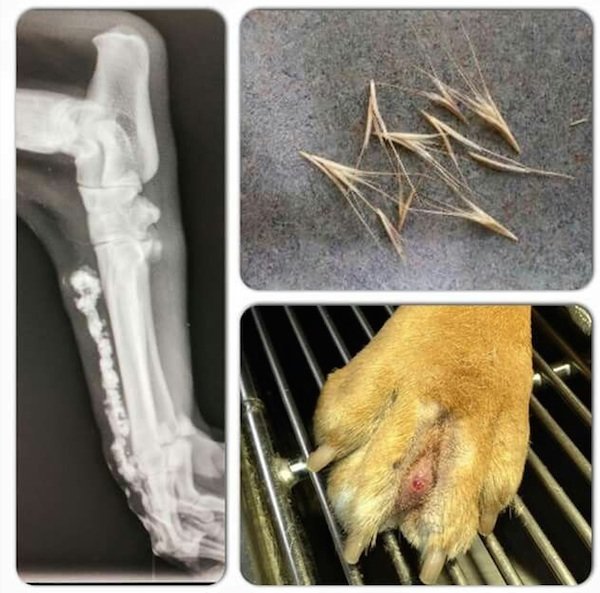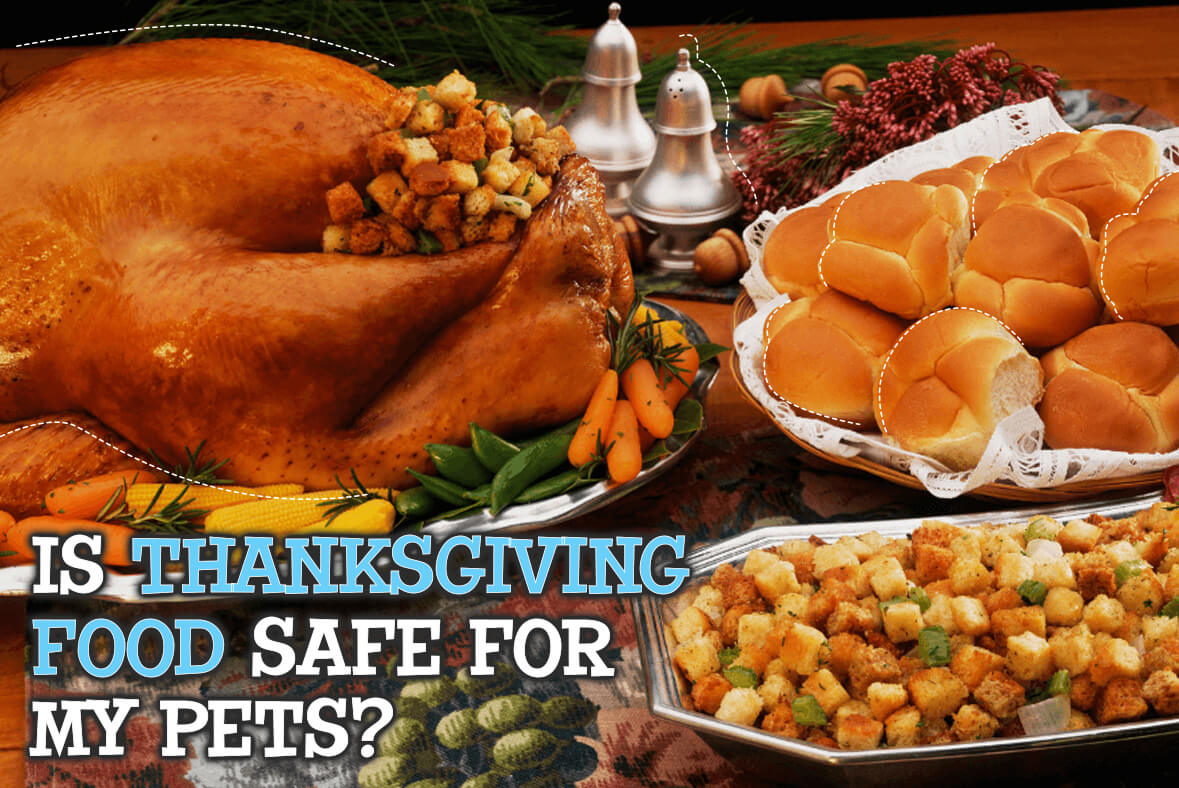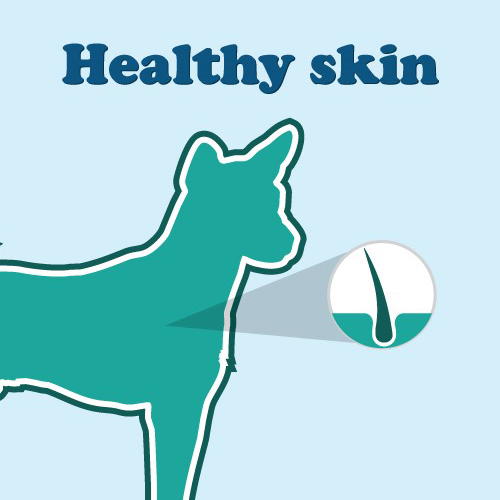By using our website, you agree to the use of cookies as described in our Cookie Policy
PET NUTRITION WITH JOHN MADDIGAN
Pet Nutrition with John Maddigan
Welcome to Willamette Valley Animal Hospital’s series of articles, tips and factoids on topics we get the most questions about. These articles are intended to give you an objective set of facts that will both inform you and hopefully save you money while maintaining the health and well being of your pet. All of the articles will be based ON SCIENTIFIC FACTS and not anecdotal (I heard this from a friend or saw it on the internet) hearsay, remember from 3 to 9 percent of people still think Elvis is alive!!
The first topic we will cover will be pet nutrition. Let me make two important points right from the start: one, this can be a very controversial topic, so don’t shoot the messenger and two, we do not sell the pet food I will be discussing so I have nothing financial to gain by writing this article.
Let me give you a little background. Thirty years ago one of the biggest selling products at veterinary hospitals was pet supplements/vitamins because the quality of pet food was not what it is today. Thanks to the evolution of pet food nutrition the vast majority of pet food today is immensely better than it was in the 1980’s and today contains all of the nutrients and micro nutrients that our cats and dogs need to prosper. There are some exceptions of course but the major manufacturers like Purina, Hill’s, Iams, and this includes Costco’s Kirkland brand food are all excellent.
So what’s the controversy? Well many pet owners believe that grains like corn are “bad” and cause allergies in their pets. The argument by some is that our dogs would not eat corn in the wild so why should we put it in their food? Another argument is that all plants, due to their cellulose layers, have decreased digestibility than meat, which is correct. However, when ground and cooked, the cellulose layer is broken, making digestibility comparable to meat – just science folks.
That is NOT to say that grain based cellulose is not used in dog food, it is, in obesity management food (prescription diets) where the idea is to give your pet food that is filling but less digestible and bio-available which helps with weight loss. But prescription diets are not feed to the majority of pets regularly so we aren’t going to talk about them in this article.
The other argument against grains is that their biological value (a measure of the amount of essential amino acids in a food) is lower than meat (corn is 74) but when combined with other plant products the biological value can reach 100, the desired objective.
In a recent article in Trends Magazine by Kelly Smith she addresses the issue directly regarding our cats and dogs ability to digest grains.
“Rebecca Remillard, PhD, DVM, DAVCN, is the founder and president of Veterinary Nutritional Consultants, Inc. She has more than 20 years of experience as a clinical nutritionist. “In fact,” she says, “modern dogs have adapted/evolved to eating a high starch diet during their domestication.”
Remillard cites a 2013 study led by Swedish geneticist Erik Axelsson, reported in the journal Nature, in which “he reports that in a domestic dog’s vs. wolf’s genome comparison, three genes responsible for the digestion of dietary starch were expressed 7-12-fold higher levels in the dog compared to the wolf.”
Remillard goes on to say, “Whether they ate grains or not is a moot point, because they can clearly digest starch very well. Well-done digestibility studies that were published in the Journal of Animal Physiology and Animal Nutrition by Alex Cavaliere Carciofi and Luciana de Oliveira have clearly demonstrated that both dogs and cats digest better than 95 percent of the starch in a properly cooked diet containing 50 percent corn or rice.”
Okay, so there’s the real science. These researchers don’t sell dog food, they don’t gain or lose by selling food with or without grains such as corn, wheat, soy or rice.
In addition, there is no scientific research to suggest that grains cause more allergies than, say, beef, and the biological value is not a concern either. While some people believe that “all natural” or “grain free” cat/dog food is better for your dog. The truth is that this is just “good marketing” not “good science” as there is no science to back up those claims, and as we all know it’s hard to prove a negative. Okay, so what’s the big deal?
Here are some facts: About 10% of all allergies in dogs are food allergies, the most common allergy being flea bite allergy. The MOST common allergens in order are: beef, dairy products, chicken, lamb, fish, chicken eggs, corn, wheat and soy – scientific fact folks. Now no one is suggesting that we ban beef and chicken in our cat or dog food, NO ONE, because they are essential sources of protein and the primary ingredient in most commercially available cat and dog foods sold in America. So what’s up?
Some companies are simply trying to create their “niche” in the marketplace by telling us that “All Natural” or “Grain Free” are “best” for our pets – poppycock, just not true. Sadly, because the marketing has been so effective many companies are now marketing “all natural” or “grain free” products, not because they are “better” for our pets but BECAUSE they lost the marketing wars and don’t want to lose market share.
ALSO remember that ingredients listed on the bag, which ARE NOT regulated by the way, ARE NOT an indication of the quality of the food. So just because beef or chicken or fish is listed as the first ingredient don’t think this is the food for your dog or cat – remember folks this is just marketing to get you to buy this food. In a fact sheet written for DVM360 Magazine by Tony Buffington, DVM, MS, PhD, Diplomate ACVN (yes another veterinary nutritionist scientist!) he says, ”some dry food manufacturers tout real chicken, fish or beef as their first ingredient because the food contains more of this ingredient than any other ingredient. What they don’t say us that “real meat” is mostly water weight, which is removed when the food is made, moving it way down the ingredient list. They also neglect to mention that the technical term for ‘real meat” is mechanically deboned meat, also known as “white slime!” More marketing folks, because labeling is not regulated, manufacturers can say what they like.
The reality is that the most established companies like Hill’s, Purina, Royal Canin, Iams, Costco (and don’t stone me, I know I’ve left out other good companies) really don’t make outrageous claims on the packaging or in their advertising. These are the companies that have been in the pet food business for decades because they provide great food for our pets. My belief is that upstart companies want to gain market share from these manufacturers and they have to make “claims” to gain market – think about it and decide. Yes some small upstart might come up with something amazing, but these larger companies are spending millions of dollars annually doing hard science on pet nutrition and don’t you think they are more likely to come up with some amazing scientific breakthrough in pet nutrition? And if they didn’t don’t you think one of them would just have bought that little new company outright? Think about it? Years ago a group of university professors came up with company called IVD (Innovative Veterinary Diets) and they had instant huge success in therapeutic diets. Can anyone remember them? Probably not, because they were quickly bought by Royal Canin, a huge multinational company, for millions.
Remember what is most important for your pet are the nutrients that are contained in the ingredients and the nutrients are more important than the ingredient themselves. You decide I’m just trying to save you money and keep your pet healthy. You don’t need to buy raw food diets or the ultra premium pet foods for your pet. Costco’s Kirkland brand is great, so is Purina ProPlan and many other premium foods – and no I don’t have shares in either company!
‹ Back








